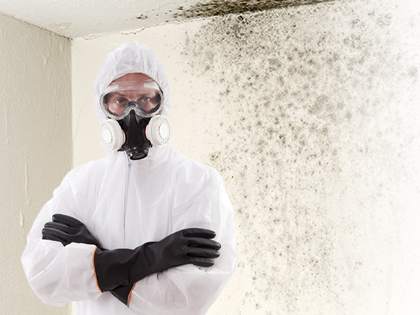
How to Decrease Mold Exposure
Oct 14, 2019
Mold found in homes or businesses is cause for concern, and should be addressed immediately. Not only can it become an unsafe environment but the elderly, children and people with compromised immune systems can be more sensitive to mold than others. In living and working environments mold growth can be slowed down by controlling humidity levels and ventilating damp, dark areas where mold likes to grow. If you notice mold in your home or business there is likely a water problem associated with it. Maybe a small leak that has gone unnoticed. The water problem will need to be fixed so mold does not continue to grow. If it is surface mold it can be removed with 1 cup of household laundry bleach in a gallon of water.
Many sources can cause moisture in your home or business including
- flooding and sewer overflows
- leaky roofs
- humidifiers
- damp basement or crawl spaces
- constant plumbing leaks
- clothes dryers vented indoors
- damp bathrooms
To reduce mold exposure:
- Keep humidity levels lower than 50% in your home or business by using your air conditioner or a dehumidifier. Be aware that humidity levels can change throughout the day.
- Be sure that there is adequate ventilation in areas such as bathrooms and kitchens by having exhaust fans.
- Add mold inhibitors to paint before applying, especially in high humidity areas such as bathrooms.
- Clean bathrooms with mold killing products.
- Do not carpet bathrooms or basements.
- Do not carpet bathrooms or basements.
- Store things carefully. Don’t store newspaper, clothes, and other items in damp areas because they can become moldy. Store only completely clean and dry clothing and shoes. Even small amounts of grime can stimulate mold growth.
